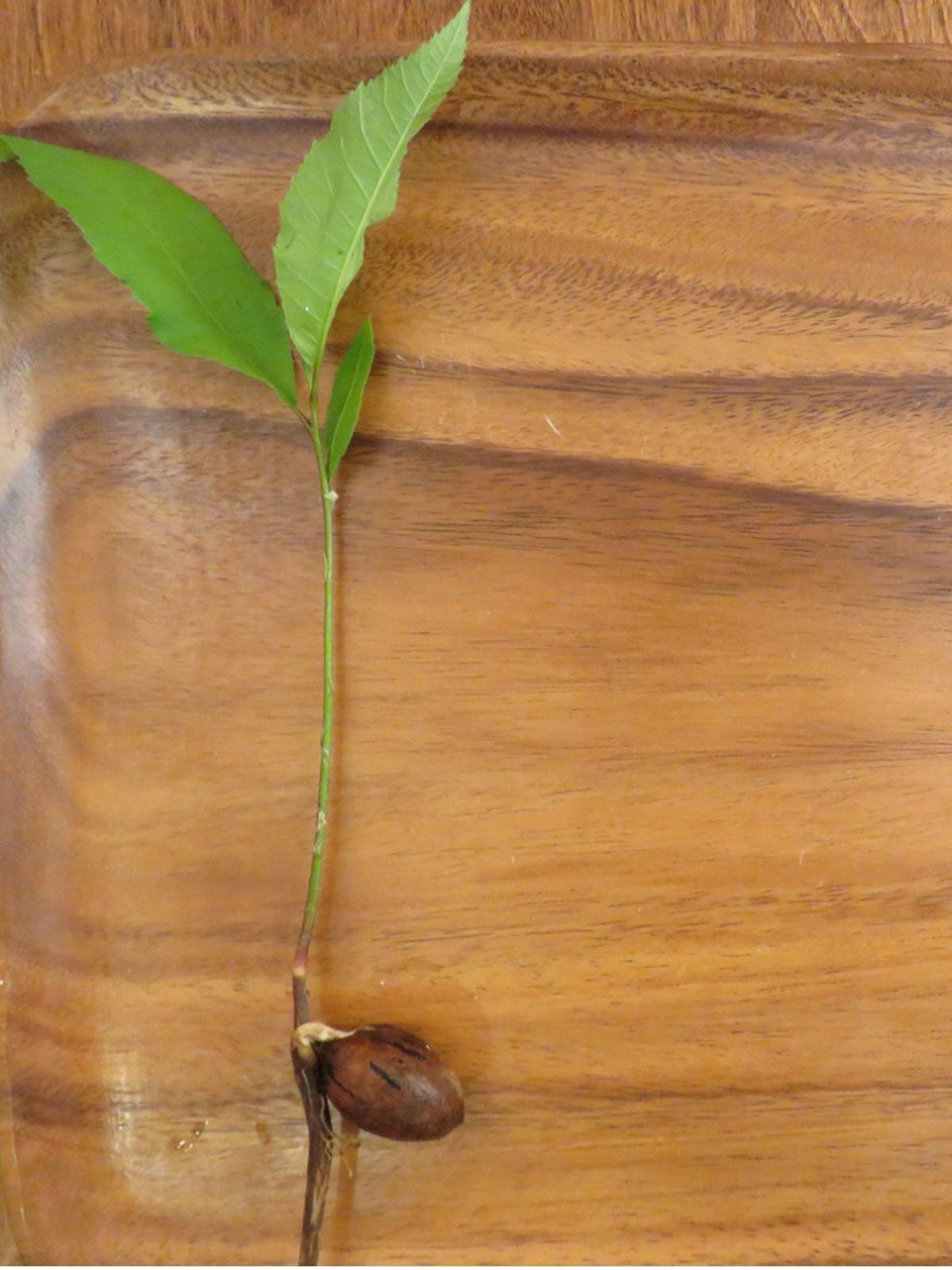How To Plant Pecans: Learn About Sowing Pecan Seeds


Growing pecans from seed is not as simple as it sounds. While a mighty oak may shoot up from an acorn stuck in the ground, sowing pecan seeds is only one step in a complex process of growing a nut producing tree. Can you plant a pecan seed? You can, but you may not be able to get nuts from the resulting tree.
Read on for information on how to plant pecans, including tips on pecan seed germination.
Can You Plant a Pecan?
It is entirely possible to plant a pecan seed. However, it is important to realize that growing pecans from seed will not produce a tree identical to the parent tree. If you want a particular type of pecan nut, or a tree that produces excellent pecans, you will need to graft.
Pecans are open pollinated trees, so each seedling tree is unique in all the world. You do not know the seed’s “parents” and that means the nut quality will be variable. That’s why pecan growers only grow pecans from seed to use as rootstock trees.
If you are wondering how to plant pecans that produce excellent nuts, you’ll need to learn about grafting. Once the rootstock trees are a few years old, you will need to graft cultivar buds or shoots onto each seedling rootstock.
Pecan Tree Germination
Pecan tree germination requires a few steps. You’ll want to select a pecan from the current season that appears sound and healthy. In order to give yourself the greatest possibility of success, plan on planting several, even if you only want one tree.
Stratify the nuts for six to eight weeks before planting by placing them in a container of peat moss. Keep the moss moist, but not wet, in a temperature slightly above freezing. After that process is complete, acclimate the seeds to normal temperatures for a few days.
Sign up for the Gardening Know How newsletter today and receive a free copy of our e-book "How to Grow Delicious Tomatoes".
Then soak them in water for 48 hours, changing the water daily. Ideally, the soaking should occur in running water so, if possible, leave a hose trickling into the dish. This facilitates pecan tree germination.
Sowing Pecan Seeds
Sow pecan seeds in early spring in a sunny garden bed. Fertilize the soil with 10-10-10 before planting. After two years a seedling should be around 4 to 5 feet (1-1.5 m.) tall and ready for grafting.
Grafting is a process where you take a cutting from a cultivar pecan tree and allow it to grow on the rootstock tree, essentially blending two trees into one. The part of the tree with the roots in the ground is the one you grew from seed, the branches that produce nuts are from a particular cultivar pecan tree.
There are many different ways to graft fruit trees. You’ll need a cutting (called a scion) that is straight and strong and has at least three buds on it. Do not use branch tips since these can be weak.

Teo Spengler is a master gardener and a docent at the San Francisco Botanical Garden, where she hosts public tours. She has studied horticulture and written about nature, trees, plants, and gardening for more than two decades, following a career as an attorney and legal writer. Her extended family includes some 30 houseplants and hundreds of outdoor plants, including 250 trees, which are her main passion. Spengler currently splits her life between San Francisco and the French Basque Country, though she was raised in Alaska, giving her experience of gardening in a range of climates.